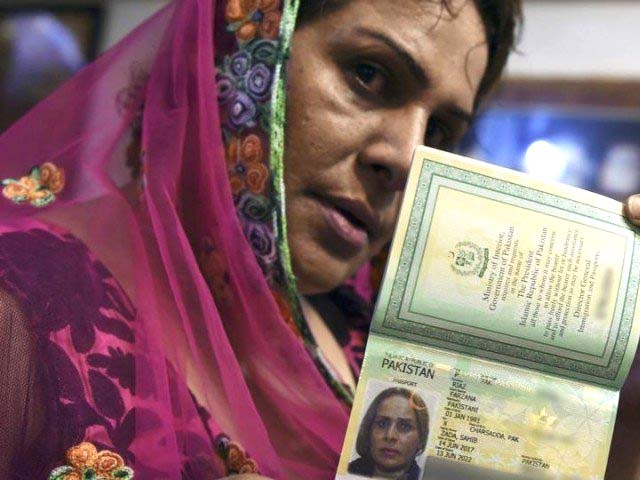
Borderline Personality Disorder: ‘‘Every time I get angry or sad, I cut myself with a blade’’
Patients with BPD become mentally numb and use pain to come back to reality. They are constantly in crisis mode.
‘‘Every time I get angry or sad I cut myself with a blade. The pain and sight of blood helps me to calm down.’’
A 20-year-old patent told me this in a psychiatric emergency room while showing me her forearm which had multiple superficial cuts.
“Every time I feel numb from stress or emotional pain, I cut or burn myself. It’s not with the intent to die but it gives me certain pleasure.”
She kept explaining it to me without any emotion on her face.
“Life is like walking on egg shells for me, I mess up at every level. I have severe mood instability, problems in relationships, and I act impulsively and later pay the price for my actions.”
She was unable to regulate her mood and had frequent mood swings in a matter of hours. An event as mundane as receiving a text message could lift her mood to the sky and a neutral comment as simple as “you are not dressed appropriately for the weather” could throw her into depths of humiliation and sadness.
Short, intense and highly emotional relationships were common in her life. She had a clingy attitude, controlling and manipulative behaviour, and very high expectations from her partners. She lived in constant fear of abandonment and emptiness even though outwardly she had a charming social life. She kept talking about a recent breakup with her boyfriend. Without waiting for my response, she would burst into tears of emotional pain.
As she was articulating her symptoms, I was formulating different diagnoses in my mind. Borderline Personality Disorder (BPD) was at the top of my list. BPD is manifested by a pattern of instability of interpersonal relationship, poor self-image and mood swings. It is also shown in a marked impulsivity beginning in early adulthood and from then on present in a variety of social and psychological contexts.
Patients with BPD permanently live in a crisis mode.
During their intense emotional pain, people with BPD become numb mentally. To bring themselves back to reality they choose painful measures. Cutting is the most common dysfunctional behaviour. Suicidal gestures are common, with the intention of manipulating others or just because of an inability to regulate their mood. Sometimes this can lead to an accidental death.
Family members, friends and even treating clinicians find it hard to have an empathic and meaningful relationship with these patients. Although BPD has strong genetic links, environmental factors such as early childhood trauma can contribute to the development of the disorder.
BPD is found in about 2.6 percent of the population, females predominating, in the US but it is one of the leading causes of psychiatry emergency room visits. There is no available survey of BPD in Pakistan but it is probably as prevalent there as well. Unfortunately, it is mostly undiagnosed and untreated because of the lack of awareness as well as conservative cultural attitudes in Pakistan. Because of shame and guilt, most cases of self harm, suicide, and erratic and irrational behaviours are not brought to medical attention. But sweeping BPD symptoms under the rug is not helpful for the patient; the lack of treatment can exacerbate symptoms, leading to death or permanent damage to the body from suicidal and self harm behaviour.
The diagnosis for BPD is based on a study of clinical histories and examinations of mental status. There is no laboratory test or scan to help to make the diagnosis. After establishing the diagnosis the next step is management.
An empathic and therapeutic relationship with the patient is the key element in treatment.
Dialectical Behavioural Therapy (DBT) is a special form of psychotherapy geared towards treating patients with BPD. Its primary goal is the safety of the patient, helping them avoid suicidal and para-suicidal behaviour. Once patients are psychologically stable, they are taught different interventions to deal with life stresses and to regulate their mood. With long term treatment most of the patients are able to live a meaningful life. They develop a better sense of self and control of their emotions and behaviours. Medications are needed at times to treat mood, anxiety and other psychiatric concerns but most of the time patients can be managed without medication.
There is a great need at the present time to train professional people to diagnose and treat BPD in Pakistan so that a group, of significant size, in its population can be saved from emotional pain. It should be remembered that psychological pain, in many instances, is worse than any known physiological pain.
Disclaimer: The information provided in this article is for informational purposes only and is not a substitute for advice from your physician. You should not use the information for diagnosis or treatment of any health problem.




COMMENTS (14)
Comments are moderated and generally will be posted if they are on-topic and not abusive.
For more information, please see our Comments FAQ